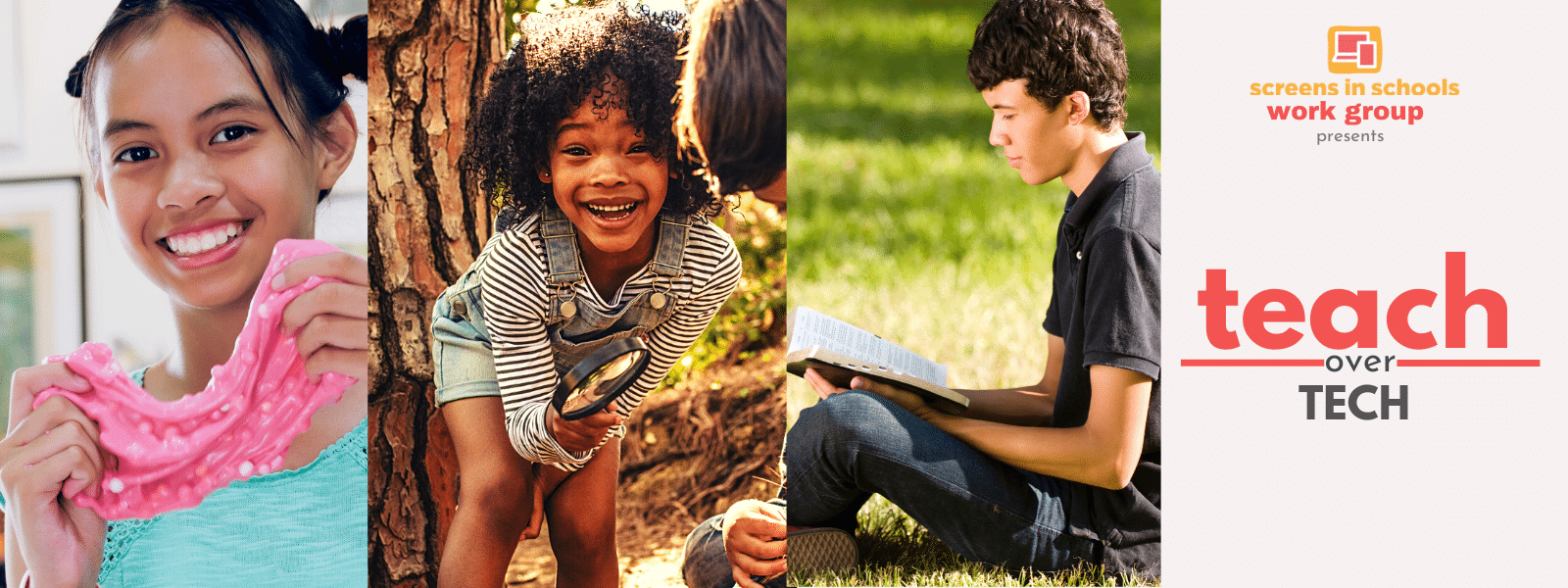
Time to Rehumanize Education for All Students
Failed digital learning needs less laptops, more quality teachers, counselors and support staff
ANALYSIS/OPINION By Matt Miles and Joe Clement, originally published 12/12/2020 in The Washington Times
After months of virtual school, the results are in. Digital learning has failed.
With districts all over the country reporting skyrocketing rates of failing grades, especially among Black, Hispanic and lower-socioeconomic students, this model of education is harmful to our neediest students.
Since the early 2000’s, tech executives like Bill Gates, Mark Zuckerberg and Michael Dell have been, through their philanthropic organizations, shaping educational policy. Hundreds of millions were spent to promote a radically new direction for education. Much like school during the pandemic, their ideal school puts students in charge of their own learning while relegating teachers to a mentor role, only stepping in when students need help.
Even when physically in school, students spend most of their days on laptops directing themselves between a series of digital activities like listening to pre-recorded lectures, reading articles or playing games. Because students can choose the time/place/and manner of their education, this model has been dubbed “personalized learning,” (or PL) School systems have been moving toward PL long before COVID-19, especially for their minority students.
In 2017, Mr. Zuckerberg claimed that PL allows kids to “learn 100 times more than we learn today.” Not only do current trends contradict this, so does the research. A 2012 meta-study found claims promoting personalized learning were “specious.” A 2017 study by RAND found that the only things that increased for students subjected to intensive PL were feelings of being alienated and unsafe.
It concluded, “the evidence base [for personalized learning] is very weak at this point.” A 2019 peer-reviewed article found that while claims of PL’s effectiveness remain unfounded, what are founded are concerns that the companies promoting it stand to make large profits through their collection of student data.
These programs have been developed, promoted and adopted by people who are overwhelmingly upper-class, private-school educated, native-English speaking, White and from stable homes. They’re the kind of people who drop out of Harvard because it’s not challenging. Few students match this description. The lucky ones have a supportive environment at home to help them navigate virtual school well enough to get a good grade.
The unlucky ones have little support at home. They depend on the structure in-person school provides and a physical proximity to caring, nurturing adults to facilitate the complicated process of educating. These kids depend on this guidance to develop the tools necessary to learn. These are the students who digital education have left behind.
Tragically, it’s these students who have served as guinea pigs for digital-based education for years. Poor and minority communities throughout the country have been subjected to different technological platforms long before the pandemic. Rocketship, a series of screen-based charter schools, has targeted low-income minority communities from Washington, D.C., to San Jose.
They made news in 2016 when it was discovered students were tied to their laptops for so long, they weren’t being given adequate bathroom breaks. In 2017, Florida school officials were accused of padding their graduation rates by sending their high-risk students (85% Black and Hispanic) to Sunshine High, a screen-based alternative school.
In 2015, D.C. began converting their neediest public schools, known as Opportunity Academies, to Mr. Zuckerberg’s digital Summit platform. One such school, Metropolitan High, served 100% minority, 100% at-risk, 100% economically disadvantaged and 15% homeless student population. Before Summit, the Met (as it was known) was featured in the PBS documentary series “180 Days: A Year Inside an American High School.”
It was a model on how to foster strong relationships with students in need. After switching, money that was used for teachers, mental health professionals, library materials and extra-curriculars was reallocated to laptops. The library became a storage closet. Teachers were measured by how much time their students spent on Summit software and discouraged from interacting with their students.
Within a year, attendance rates dropped nearly 50% and the enrollment rate dropped 30%. By 2019, 28% of students were in school at any given time. According to social worker Brian Wheeler, “The students who did come spent most of the day wandering the halls, avoiding the solitary confinement awaiting them in their classrooms.”
We’ve allowed tech companies to sell our most vulnerable students a second-rate education for far too long. Now that the rest of the world realizes how lacking digital-based education is, it’s time to start giving these students what they really need — less laptops and more quality teachers, counselors and support staff. When this pandemic is over, let’s rehumanize their education.

About the Authors
